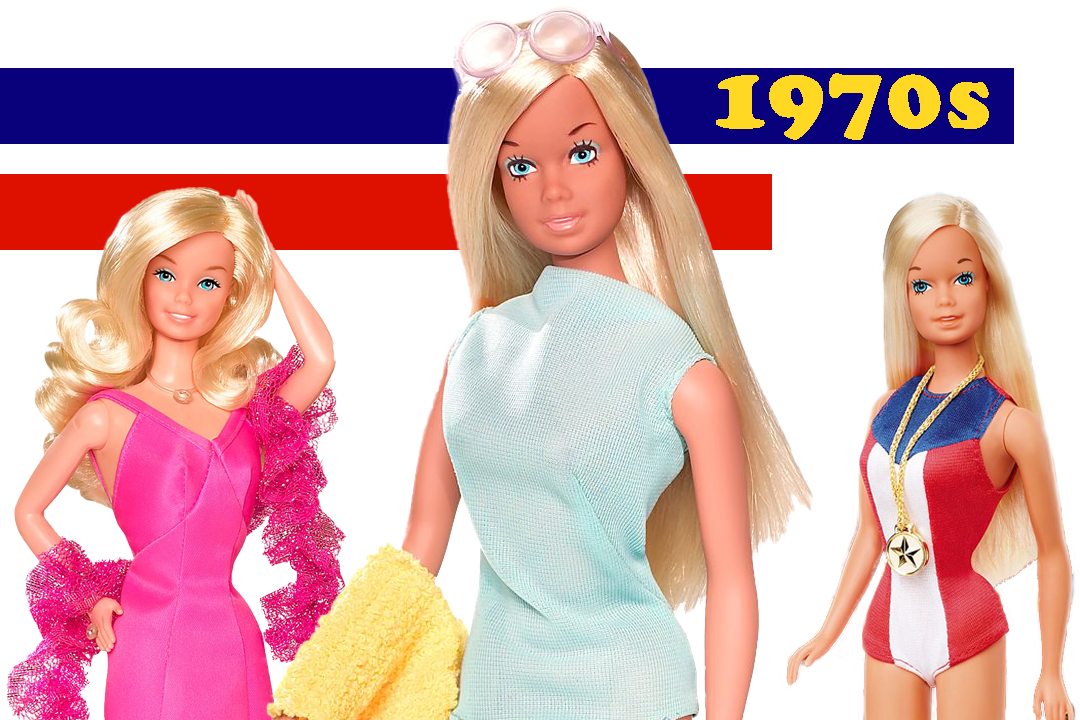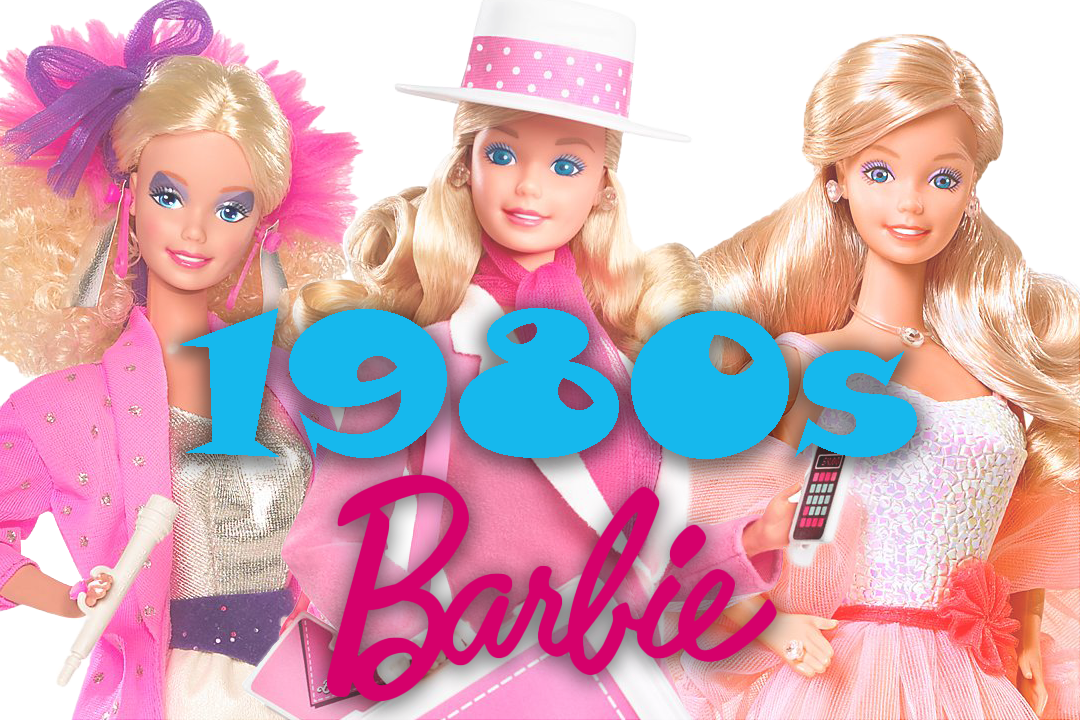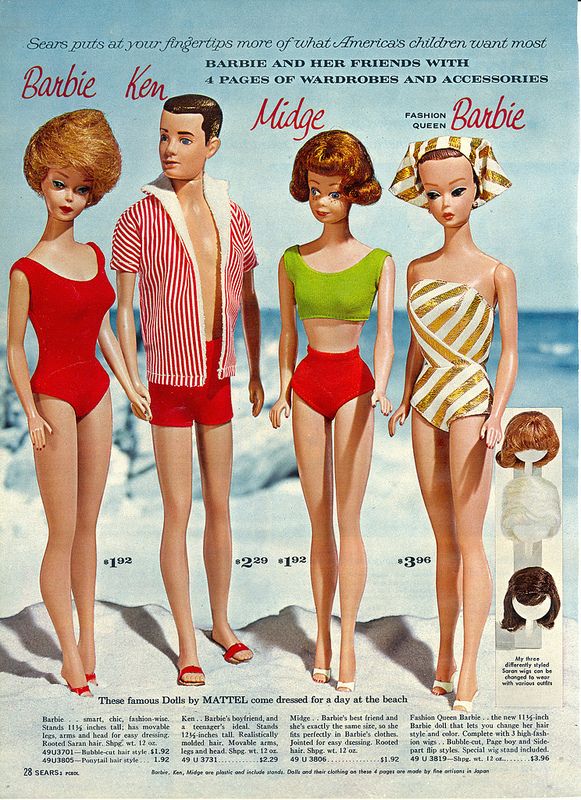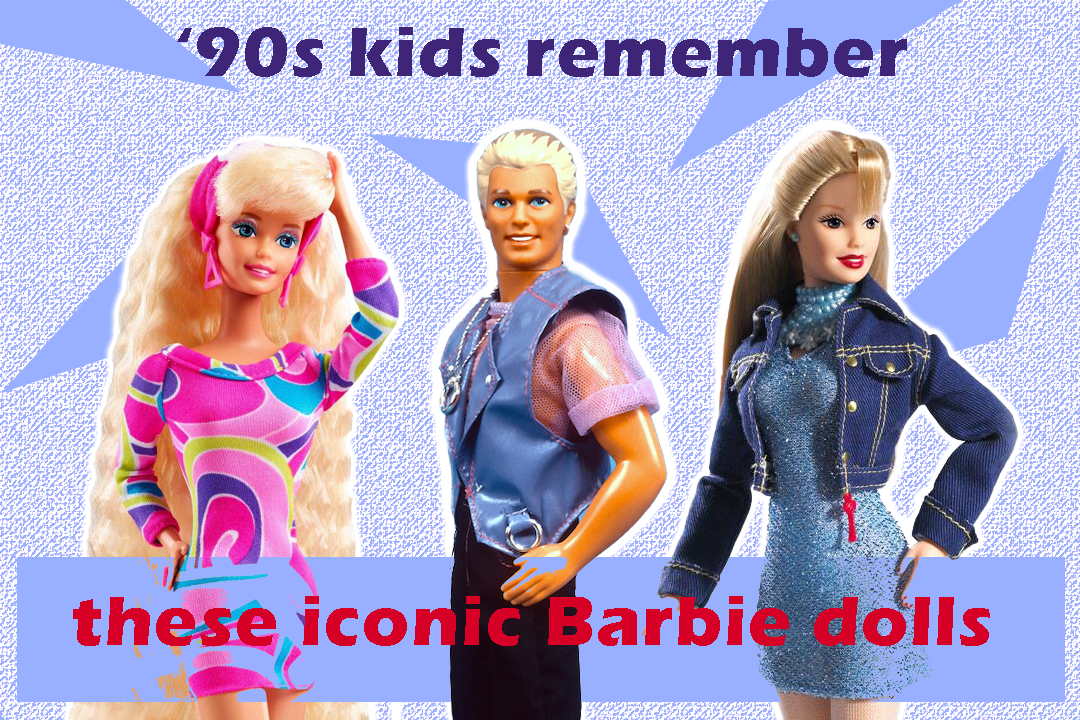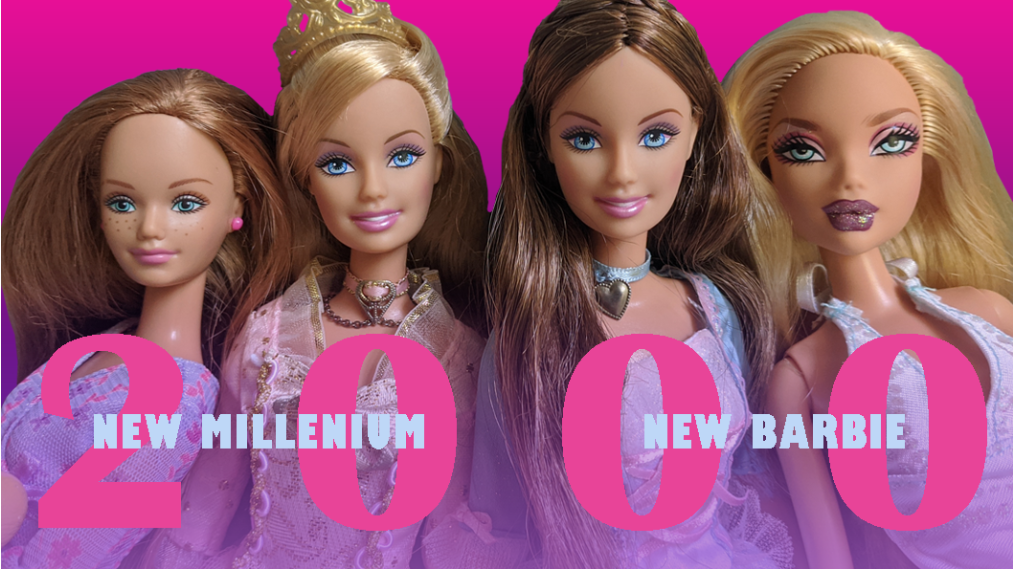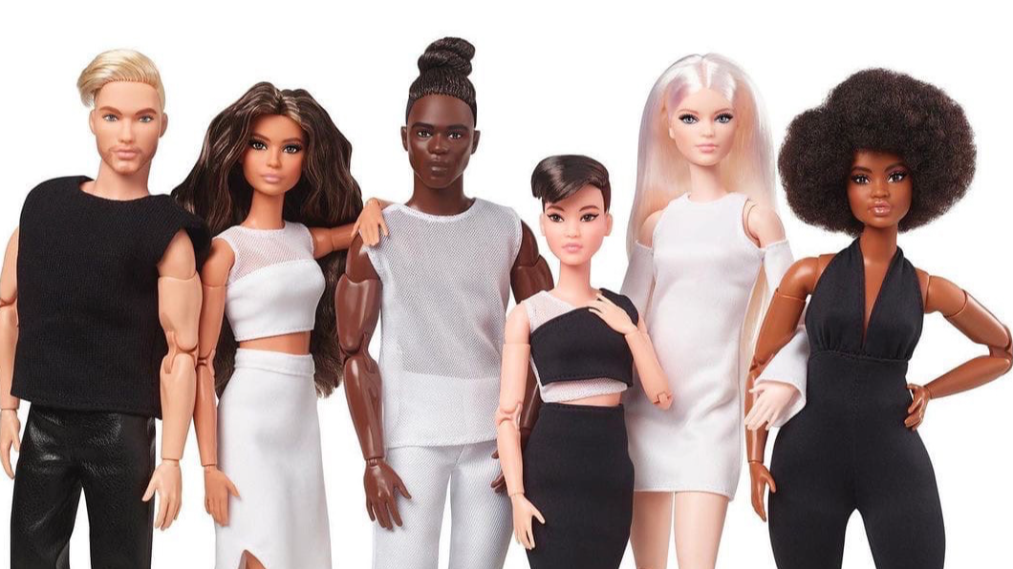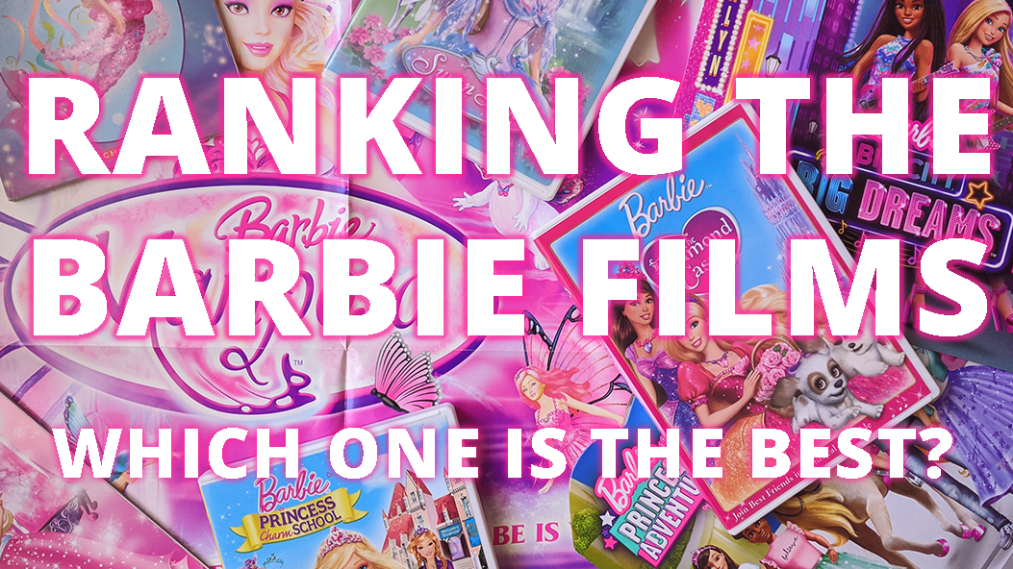The ‘70s were a decade of big changes for Barbie, with new faces, hair play features, and, of course, new fashions! I’ve created a list of the most iconic Barbie dolls from the ‘70s you might have heard of — maybe you even own a few!
10. Kissing Barbie
Perhaps the most romantic of the gimmick Barbie dolls, Kissing Barbie from 1979 would pucker up her lips and make a kissing noise when the button on her back was pressed. Aldo Favelli, a Mattel sculptor who worked on the project, called it a “little nightmare” to work on. The doll was also supposed to make a kissing sound when the button was pressed, and it reportedly took many hours of work to get it to not sound like a cricket. (Photo: Mattel)
9. Fashion Photo Barbie
Returning to her roots as a fashion model, 1978’s Fashion Photo Barbie gave kids a taste of the glamour of a model shoot. Barbie was sold with a stand that allowed her to pose with the click of a remote control camera. Barbie used the new Superstar head mold and came with mix and match pieces to create a variety of outfits. Fashion Photo Christie and PJ dolls were also available. (Photo: Mattel)
8. Ballerina Barbie
Ballerina Barbie doll from 1976 was the first doll in the Barbie line specifically created as a ballerina. She had a special mechanism in her body that allowed her to lift a leg when her body was bent forward or backward. This mechanism made Barbie and her friend Cara very delicate, and many of these ballerina dolls’ limbs have fallen off as they age. These dolls have very lovely faces and are some of the last U.S. releases to use the TNT face sculpt (the popular Superstar face would debut in 1977). (Photo: Mattel)
7. Growing Up Skipper
One of the most infamous dolls in the Barbie line, Growing Up Skipper’s gimmick was a creative one. When a child twisted her arm, she grew ¾ of an inch and developed a bust. Although creatively marketed (“She’s 2 dolls in 1!”), Growing Up Skipper was not popular with parents, who considered a doll who went through puberty “inappropriate.” The doll was not a huge seller, making her harder to find on the secondary market. Mattel also released a friend for Skipper, Growing Up Ginger, who used the same gimmick and is even rarer. (Photo: Mattel)
6. Gold Medal Barbie
As the world was preparing for the 1976 Summer Olympics in Montreal, Mattel released Gold Medal Barbie and friends in 1975 to capitalize on the growing interest in sports. Gold Medal Barbie was a redressed Malibu Barbie with a red, white, and blue swimsuit. She also came with a gold medal. A variety of dolls depicting other Olympic sports were produced in the line, such as gymnastics, skiing, and figure skating. Some of the more difficult-to-find dolls in the line are foreign-issue dolls with variant swimsuits to represent the country they were sold in. (Photo: Reproduction doll, courtesy of Mattel)
5. Quick Curl Barbie
The most popular hair gimmick Barbie doll of the ‘70s, Quick Curl Barbie had very thin wires rooted with her hair. This allowed her hair to hold curls and styles. The first Quick Curl dolls were released in 1973. The Quick Curl Barbie Beauty Center, based on the doll and using the same hair gimmick, featured the first Barbie styling head and was released in 1974. (Photo: 1978 third issue doll, Mattel)
4. Mod Hair Ken

The first Ken doll with rooted hair, Mod Hair Ken came with a set of stick-on facial hair that could be used to give him a mustache, goatee, and more. Hair play Barbie dolls had existed since Fashion Queen Barbie debuted in 1963, but Mod Hair Ken was the first time a male doll in the Barbie line had a hair play feature. Mod Hair Ken was released in 1973. A Mod Hair Ken doll with a tuxedo fashion was released in 1974 as a Montgomery Ward exclusive. (Photo: Catalog image via Pinterest)
3. Live Action Barbie

She could dance and twist, and she had an amazing outfit — this was Live Action Barbie from 1971. Capitalizing on the music craze, Live Action Barbie, Ken, PJ, and Christie “danced” with the help of a special stand. Barbie, Ken, and PJ also were sold in Live Action On Stage sets, which came with a motorized “stage” with attached microphone, as well as a two-sided 45 rpm record. These dolls are much more difficult to find than their standard counterparts. Unsold Live Action dolls were later sold as baggie dolls at discount prices. (Photo: From L to R: Live Action Barbie, PJ, and Christie. Catalog photo via Pinterest)
2. Malibu Barbie
Introduced in 1971, Malibu Barbie marks the start of Barbie’s image as a blonde, tanned California girl. Using the Stacey head mold for the first time with wide blue eyes and tanned skin, Malibu Barbie was an immediate hit. The original doll with a blue swimsuit was produced through 1974, and later versions with different suit styles were produced after that. The Sun Set Malibu line established a beach line as a standard for Barbie, and Mattel continues to release beach dolls to this day. (Photo: Mattel)
1. SuperStar Barbie
Debuting in 1977, SuperStar Barbie became the face of Barbie through the late ‘90s — quite literally! The Superstar mold was used on most Barbie dolls produced up until the introduction of the Generation Girl face mold. SuperStar Barbie herself is also quite iconic; she was a stark contrast from the laid-back, beachy feel of Malibu Barbie in the early and mid-’70s. SuperStar Barbie was all about high fashion, fame, and glamour! (Photo: Mattel)
Related Product
Related Blogs
Recent Blogs

General
McHALE DESIGN CASE STUDY: MONSTERVERSE- THE LEGEND CONTINUES…

General
Build-A-Bear Celebrates National Teddy Bear Day with Donation to The Toy Foundation™

Industry Commentary, Op-Ed
Toy Foundation Auction is Now Open for Your Bids

Industry Commentary, Op-Ed
Bracelets, Stickers, and Viral Fame: The Story Behind Sky Castle Toys’ Sticki Rolls

Biographies and Interviews
Chrissy Fagerholt: Luck is when Preparation Meets Opportunity!
See more
Recent Wiki

BOOK REVIEWS
Book Review: Storm: Dawn of a Goddess by Tiffany D. Jackson

BOOK REVIEWS
Book Review: Erno Rubik and his Magic Cube by Kerry Aradhya

BOOK REVIEWS
Game Review: Trip Chaser

COMPANIES
Learning Express Toys Hosts 25th Annual Convention & Toy Expo at JW Marriott Tucson

MISCELLANEOUS
Submit Your LA Showroom Details for 2025 Toy Previews
See more
POP's Got Talent

POP Entertainment
Randy Klimpert Shares his Ukulele Collection

POP Entertainment
Steve Casino Peanut Art

POP Entertainment
Everyone's Talking about POP!

POP Entertainment
Princess Etch - a Multi-Talented Etch A Sketch Artist

POP Entertainment
Joseph Herscher of Joseph' s Machines.
See more
Recent POPcast

Hidden Role: The Brains Behind your Favorite Games
Connie Vogelmann designed Apiary & Wyrmspan!

Hidden Role: The Brains Behind your Favorite Games
Bob Fuhrer... Is THE Crocodile Dentist!

Hidden Role: The Brains Behind your Favorite Games
Tom Dusenberry... Bought Atari, Wizards of the Coast, and Avalon Hill!

Hidden Role: The Brains Behind your Favorite Games
Matt Leacock created Pandemic... the game!

Hidden Role: The Brains Behind your Favorite Games
Scott Brown and Tim Swindle... are Launching a New Sport!
See more
POPDuos

POPDuos: Interviews with Legends and Leaders
POPDuo: Richard Dickson, Mattel’s President & COO, and Kedar Narayan, Young Inventor Challenge AMB

POPDuos: Interviews with Legends and Leaders
POPDuo: Will Shortz and Josh Wardle

POPDuos: Legends and Leaders Explore Creativity
POP Duo: Elan Lee, Co-Founder, Exploding Kittens.and Jeff Probst, Host and Exec Producer, Survivor

POPDuos: Legends and Leaders Explore Creativity
POP Duo: David Fuhrer, MNG Director, Blue Sq Innovations & Shawn Green, past Dodgers & Mets MLB Star

POPDuos: Legends and Leaders Explore Creativity
POP Duo: Bob Fuhrer, Founder, Nextoy and Tom Fazio, Golf Course Designer
See more





